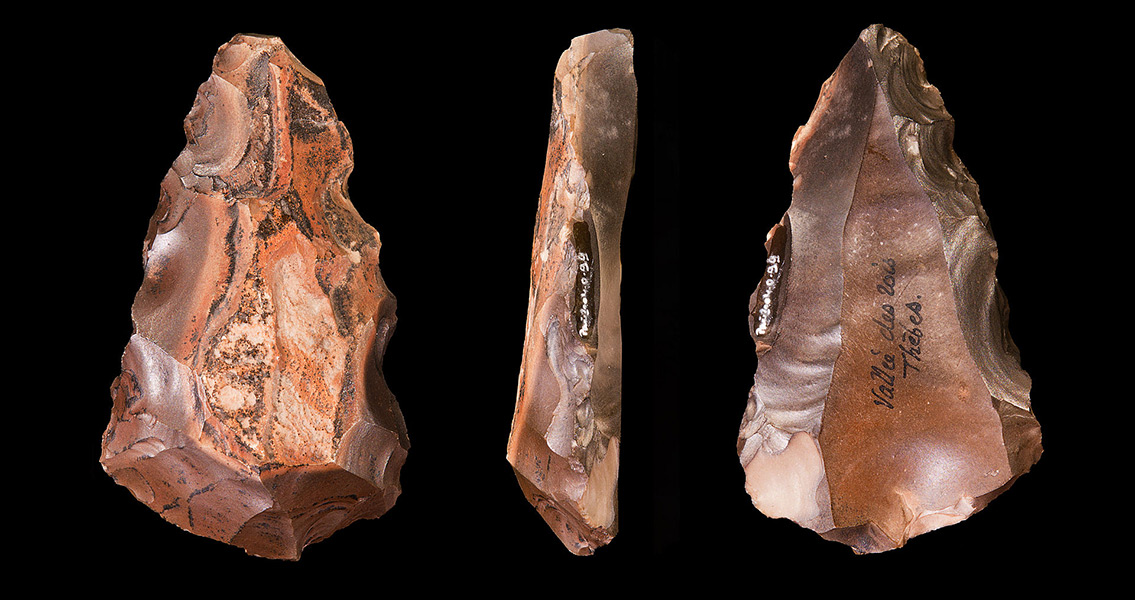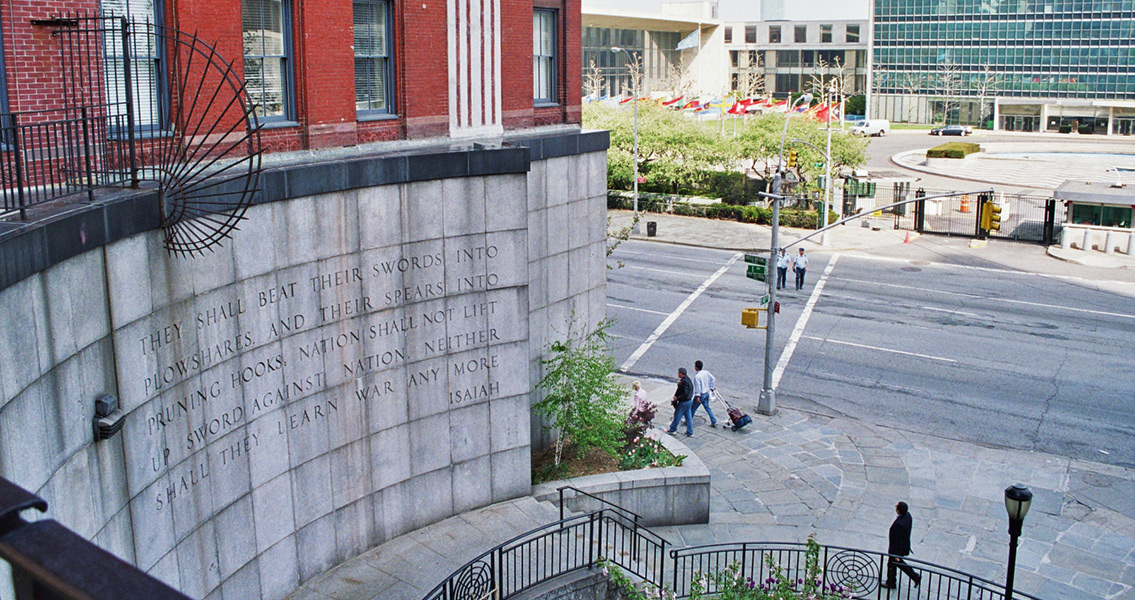Top Novini Razgrad reports. Initially, it was a small-scale enterprise, part of a settlement mound, but in later centuries it expanded. The archaeologists actually believe that many of the stone tools from that era found across Bulgaria came from this one workshop, which was “huge” for its time. Besides the flint tools, the team also found a number of other items, including objects shaped as animals and people, bone needles, plaster fragments, loom weights, and cult objects, which led them to suggest that there was a larger settlement in addition to the settlement mound. For now, the excavation works have been suspended but they will be renewed in September, the team leader said. That next stage of the work will extend the dig into a nearby abandoned school in Kamenovo, a small town, dating from 1910. At the time of the school’s construction, several graves were unearthed in what was to be the yard, along with artefacts dating from the same period of the Late Charcolithic. Archaeology in Bulgaria, a historical website, adds that the dig site was researched by a team of French archaeologists fifteen years ago, who believed it was the location of “workshops for prestigious flint tools”. The reason for their suggestion was the fact that such tools were found in the graves of apparently wealthy individuals from the time, providing an early example of social stratification in the region. Flint was the usual raw material for stone tools in prehistoric times in what is now Bulgaria, and it originated as a domestic practice, writes researcher Boryana Mateva in a paper on the exploitation of flint deposits in northeastern Bulgaria. The first flint people used came from the troughs of local rivers and only in later centuries, during the late Charcolith, did flint-tool making turn into an industrial activity in which the raw material was sourced from mines and processed in workshops. These workshops were part of a complex system that involved the mine, where, according to Skorpil, the initial selection of the flint was done (leaving “bad lumps” and taking only the good ones to the workshop); a primary workshop near the mine, where the pieces were initially processed; and a secondary workshop, close to the settlement, where the stones were turned into tools. Image courtesy of Wikimedia Commons user: Didier Descouens]]>








One Comment
Nabljuduvach
Interesting, that when the nearby town was founded in 1910 they chose to name it “Kamenovo”, which presumably is related to “kamen”, meaning “stone”.